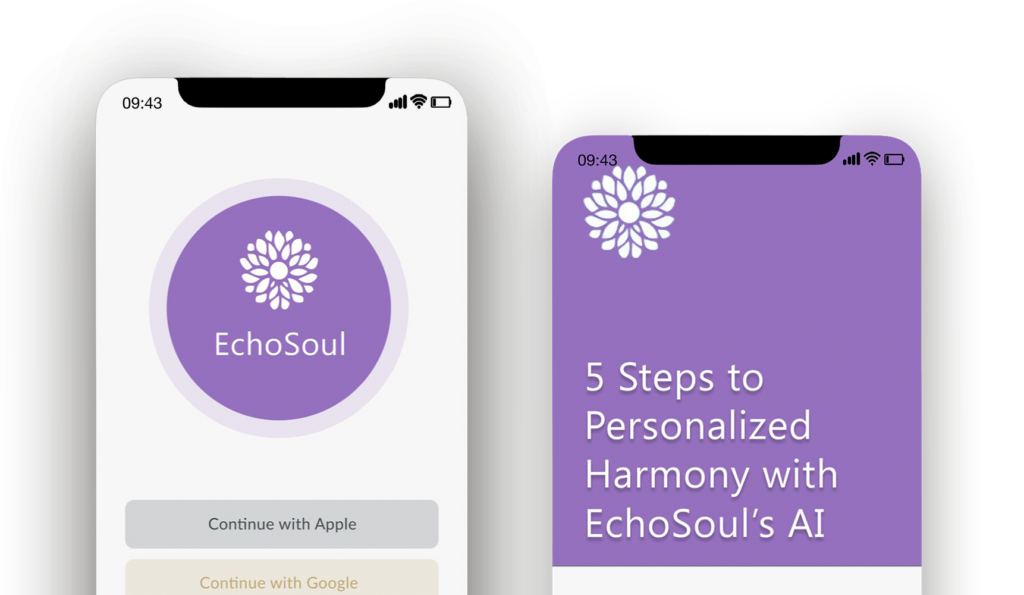It’s all too familiar: a quick glance at your phone to check an email or social media notification, and suddenly an hour has passed, your focus scattered and your time lost. For many of us, our smartphones have become a constant companion—sometimes even feeling like an extension of ourselves. Whether it’s the endless scrolling, the persistent pings of notifications, or the pressure to be available at all times, it’s clear that many of us have an unhealthy relationship with our phones.
I reached a turning point a few months ago when I realised I was constantly distracted by my smartphone. Instead of being present with my children, I found myself tied to my phone’s chimes and buzzes. With my eldest child already at senior school and younger two growing up fast, I knew that if I didn’t change something, this precious time would slip by without me fully experiencing it. My phone had also become a tether to work, keeping me on edge, checking every notification for potential work. The more I stayed connected, the less creative and fulfilled I felt. So, I took the leap: I vowed to cut down on my face-to-screen time, hoping to reclaim my life.
At first, it worked. I deleted apps, turned off notifications, and started enjoying my days without constantly checking my phone. I spent more time playing with my kids, took my daily walks without my phone in hand, and appreciated the nature around me. But by the third day, reality set in. I found myself bored without the instant gratification of technology, and before I knew it, I had re-downloaded a few apps. By the end of the week, I was slipping back into old habits, using my phone to fill any gap in my day—whether cooking dinner, waiting for my children ,outside school or working. I couldn’t believe how much I struggled without the constant distraction of my phone.
This made me realise just how easy it is to develop an unhealthy attachment to our smartphones. Psychotherapist Nancy Colier describes tech addiction as something that mimics any other addiction: even when we recognise the negative effects on our lives, we find it difficult to cut back. Yet, despite the growing concern over tech overuse, there’s debate on whether or not smartphone addiction is real. Neuroscientist Dr. Nicole Prause suggests that heavy tech use doesn’t fully meet the criteria for addiction, citing that there’s no physical withdrawal state when we disconnect from our devices. But whether or not we call it an addiction, the fact remains: many of us are spending more time with our phones than we are in the present moment.
The good news? We can take steps to regain control of our phone use and rebuild a healthy relationship with technology.
Be Mindful of Tech Cravings
One of the most effective ways to reduce screen time is through mindfulness. Pay attention to when and why you reach for your phone. Is it out of boredom? Are you using it to avoid something else? By observing your tech cravings, you can better understand the emotional triggers behind your screen time. Take a moment to recognise how you feel when you indulge in these cravings, and just as importantly, how you feel when you resist them. Over time, you’ll start noticing patterns and can address your smartphone use more consciously.
Set Realistic Boundaries
Instead of aiming for an extreme “digital detox” that is often difficult to sustain, focus on setting small, achievable boundaries. For example, disabling read receipts on apps like WhatsApp or turning off non-essential notifications can help you feel less pressure to respond instantly. If social media is consuming too much of your time, try removing the apps from your phone and using them only on your computer. On platforms like Twitter, you can even curate your feed by muting certain topics or people that add unnecessary stress to your day.
Engage in Activities Without Technology
Finding activities that don’t allow you to engage with technology is another helpful way to reduce your dependence on your phone. Whether it’s spending time with your family, going for a walk, or picking up a new hobby, these moments can help you shift your attention away from your screen and back into the real world. Scheduling social interactions, like meeting friends or attending events, can also help you be more present and less tied to your phone.
Create Accountability
Sometimes, we need help to stick to our goals. Ask your partner or a friend to check in with you if they notice you getting too absorbed in your phone. I’ve found this incredibly helpful—having my husband remind me when I’ve drifted back into phone addiction is a small, but effective nudge to stay mindful.
It’s not about giving up technology completely—it’s about finding balance
Focus on What Matters
Spending less time on your phone not only frees up your schedule but also improves your mental well-being. When I cut back on my screen time, I was able to reconnect with the things that truly mattered—whether it was playing with my children, taking walks, or simply sitting with my family without distractions. Technology can be a useful tool, but it shouldn’t dictate how we spend our days or stunt our ability to be present in the moment.
We all have the power to take back control of our relationship with technology. Whether it’s deleting apps, turning off notifications, or simply becoming more mindful of when and why we’re using our phones, these small changes can make a big difference. It’s not about giving up technology completely—it’s about finding balance and making sure we use our devices in a way that enhances, rather than detracts from, our lives. The time we have is precious, and our smartphones shouldn’t be the thing that steals it from us.
By setting boundaries and being intentional with our phone use, we can reconnect with what truly matters: our loved ones, our creativity, and our ability to be present in our own lives.








